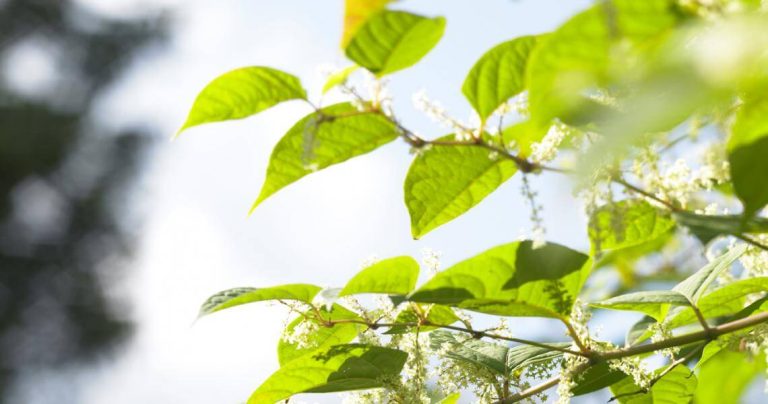
Blog
What are they called, and where are they?
Author: Mike Clough
Date Posted: Wednesday 22nd April 2015

0161 723 2000
8AM to 5PM

Author: Mike Clough
Date Posted: Wednesday 22nd April 2015

Fallopia japonica
The presence of Fallopia japonica was recorded in most of the countries of mainland North, Central and Southern Europe (with the exception of Italy, Albania and European Turkey) in 1979. There are very few records from European Russia and the plant is generally absent from the Mediterranean region. It is now known to flourish in parts of Milan, Italy – with climatic influence playing a part in this growth. The plant is regarded as a pest in North and Central Europe and the USA – it also occurs in Canada, Australia and New Zealand – no records have ever been made for Africa or South or Central America.
Fallopia sachalinensis
The European distribution of Fallopia sachalinensis is broadly similar to that of Fallopia japonica but is not so abundant and does not occur quite so far South as Fallopia japonica. It is also reported from the USA, Canada, Australia and New Zealand – with an unconfirmed record from a riverside in India.
Fallopia x bohemica
Widely distributed across Northern and Central Europe, but less frequently than its parents. It is well represented and mapped in the Nordic regions. Outside of Europe there are records from North America, New Zealand and Australia. In parts of its range in Central Europe there are regions where it is more common than Fallopia japonica.
On a more local scale there are some towns in Britain where Fallopia bohemica is the predominant knotweed. These occurrences are possibly explained by Fallopia bohemicabeing the first or an early introduction – rendering the subsequent introduction of Fallopia japonica var japonica for horticultural purposes unnecessary.
Less common hybrids
There are also a number of less frequently found hybrids established or found only as seed in Northern Europe.
Fallopia conollyana – although of very limited occurrence is widely distributed across Europe. Established plants are known from England, Germany, France, Hungary and Norway. Open pollinated seed collected from Fallopia japonica in the Czech Republic has also proved to be of this constitution. This seed is highly viable and widely available throughout Europe – though reasons for its lack of establishment are not known.
Seed resulting from pollination by Fallopia baldschuanica has also been collected from open pollinated plants of Fallopia sachalinensis, Fallopia japonica var compacta and Fallopia bohemica growing in the wild in Britain. The intra specific hybrid between Fallopia japonica var japonica and Fallopia japonica var compacta has been found twice in Britain and is also known in Germany.
In addition a variety of back crosses have also been found.